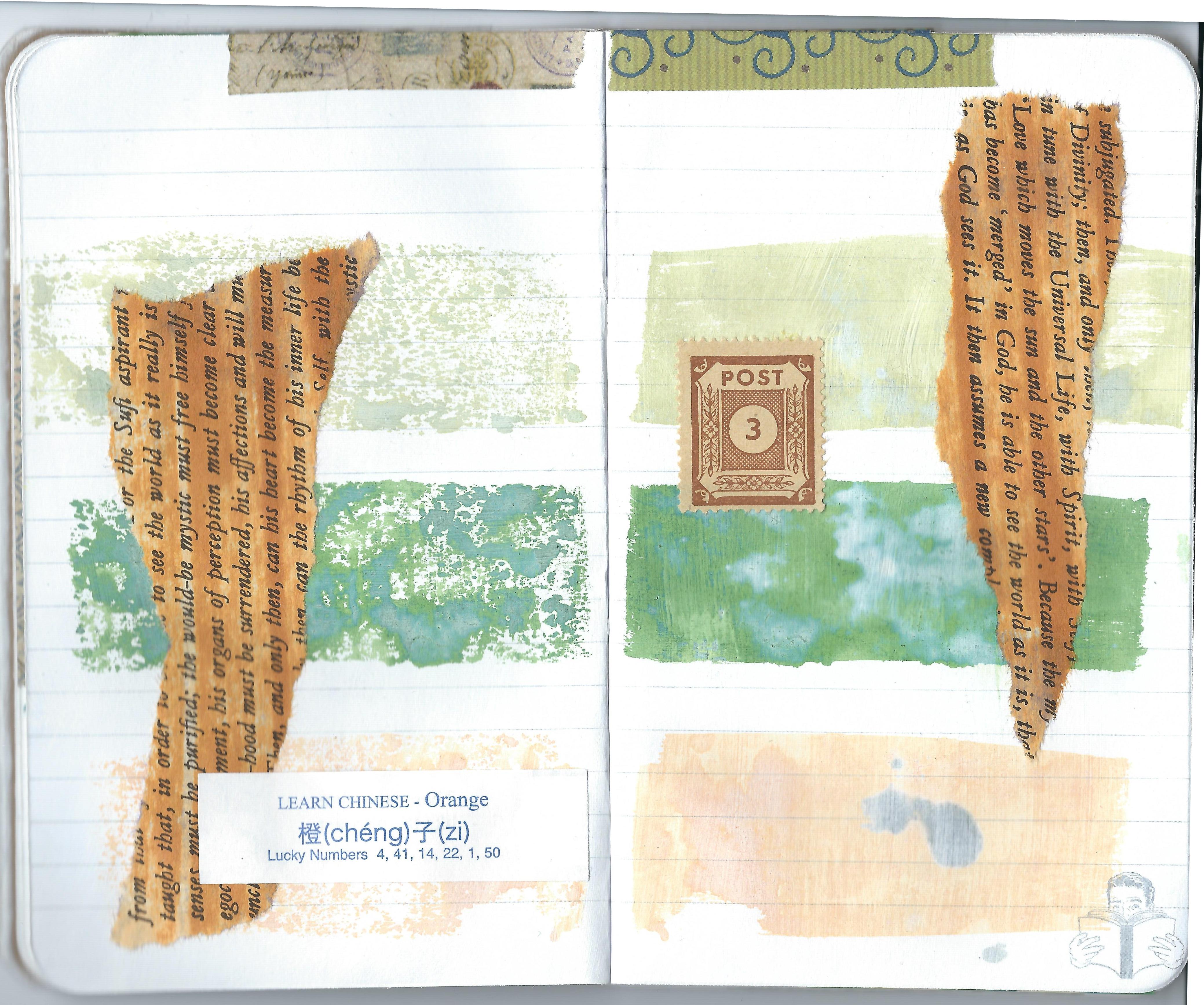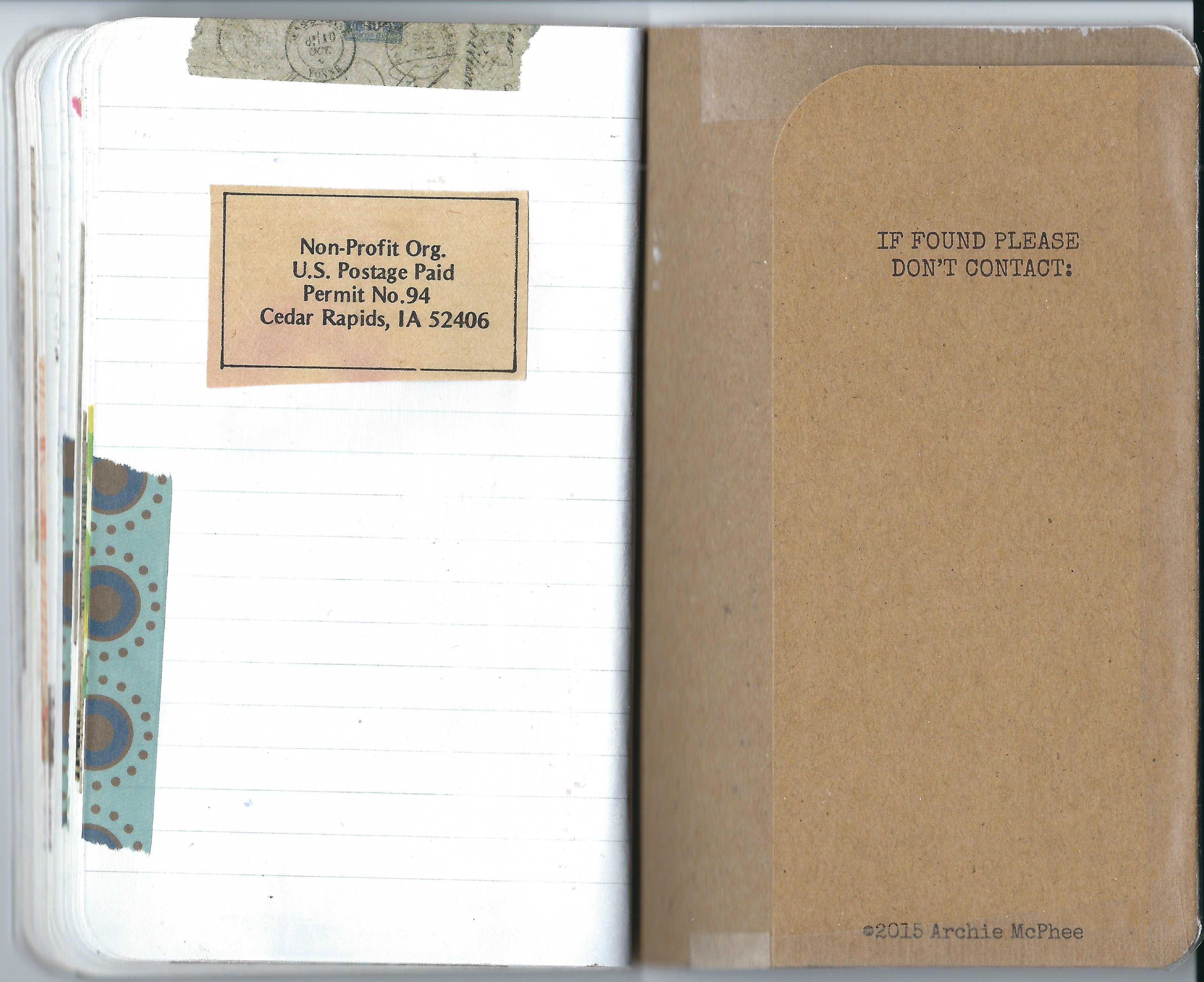There was an impressive celebration at the Hermitage on March 15th, 2018. It was the 251st birthday celebration for General and President Andrew Jackson. I had taken some vacation time to attend, and it was a perfect day. Conditions were 66 degrees, sunny, with some wind.
I took time to tour the inside of the mansion while the “First Ladies at the Mansion” presentation put on by members of the American Historical Theatre was going on outside. By going then, I was able to be in a quiet space, before the schoolchildren went inside.
The mansion is currently undergoing efforts to put in a new fire suppression system, so the rooms don’t have everything in them that they normally do.
I have previously asked several different employees about sketching inside the mansion, since photography is strictly forbidden. Nobody has said that I couldn’t. I didn’t have an opportunity to ask again since the docent was busy, so I began sketching in the small lobby that connects the overseer’s office and the study. I also sketched upstairs during the lecture, and took notes since the history of the place and family is fascinating. The docent noticed me and asked what I was doing. I showed her the sketch. She was pleased and continued with her speech.
I sketched this with a pen instead of my usual watercolor pencils to be less obtrusive.

Then I was fortunate to catch the end of the “First Ladies” presentation, and began to sketch there.

The initial sketch of the “First Ladies” – (this one is Abigail Adams) and the wreath-laying ceremony are on the same page. This is before I have added more color and water.

I thought I was late to the wreath-laying ceremony, but I ended up being in a perfect place to sketch. The audience was on the other side of the fence, in the cow pasture. (There is a herd of Banded – or Belted- Galloways here, by the way.) I was able to stand in front of the fence, at the corner, out of the way but with a fantastic view of the National Guardsmen. It was at this point that I regretted not bringing the navy blue I’d spotted last night. I can only carry 12 colors, so I will always have to adapt. Too many colors can be too much to juggle on site.

I also went around the fence, and sitting down on the grass, got to sketch the speakers. The person speaking is Justice Cornelia Clark of the Tennessee Supreme Court.

Initial sketch –

Finished –

The National Anthem was played, and I sang along. About a third of the way through I remembered to put my hand over my heart and take my hat off. I think it would be lovely to have more opportunities to sing the National Anthem so these important parts of it aren’t forgotten.
After the ceremony, a person in the National Guard gestured for me to come over – asking with gestures if I was sketching. I briefly thought he was signing, so I started to reply in ASL, since I have just spent 8 weeks learning some of it. I finally got over to where they were and we chatted a bit about sketching and the day and signing. That is part of the interesting part of sketching – you get to meet new people. I told them I will post the finished work on my blog and gave him my card.
So here it is –

The guard told me that a photographer snapped a photo of my sketch over my shoulder, which is kind of cool and kind of intrusive at the same time. I’m happy that people think my sketching is interesting, but it seems rude to not ask to see what I am doing, and surreptitiously snap a photo.
There were also presentations about the life of a soldier in 1812. I got to see Meyers Brown, who is helping at my library with preserving the antique photos of Old Hickory. He was in full militia regalia.

There were people in costume, including General Jackson and his wife Rachel.

I knew I would not have time to sketch them, and that it would draw a crowd. I like to sketch privately so I don’t become self-conscious. Nothing ruins a sketch for me than having someone look on.
And there was Irish music (since General Jackson was the son of Irish immigrants) performed by Brian Finnegan and Joseph Carmichael of Music City Irish Fest. It was excellent.
Events went on until 4, but I had to be at work at 1. All in all, a lovely morning!

















 scanned
scanned
























 When I transcribed the quote, I wrote it as
When I transcribed the quote, I wrote it as
You must be logged in to post a comment.